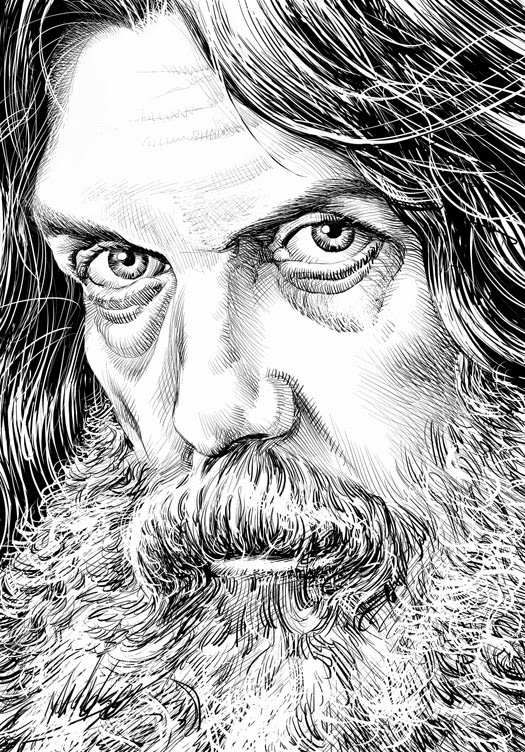In the following you can read the contribution written by British comic book writer
ROB WILLIAMS.
For more info about him and his works, visit
his site:
here.
Allow me to introduce you to The Fury
1983. I was 12-years-old. I liked comics. I liked bright, fun comics about super heroes who hit each other a lot. Justice League, Avengers, that type of thing. I liked Roy Of The Rovers, Whizzer And Chips and the Victor Book For Boys. I LIKED comics. Understand?
And then I got hold of a copy of
Daredevils #1, and suddenly I loved comics.
Daredevils was a British black and white comic which, as well as reprinting classic Spider Man stories, also contained Frank Miller’s Daredevil and Alan Moore and Alan Davis’ Captain Britain.
Now, I wasn’t sophisticated enough at the time to work out why these stories were better than anything else I had read up to that point – I just knew that they were. In the same way that I vaguely knew at the time that I had funny feelings about
Erin Grey and her tight jump suits in
Buck Rogers in the 25th Century.
I knew that I liked Alan Davis’ artwork a lot. I also knew then that the Fury scared the life out of me. It still does.
Back to the future - 2003, where I’m 31, and women do not, sadly, all wear Erin Gray jump suits. Now I write comics, where I just used to just read them.
As a writer you’re always looking for a character’s high concept – to clarify for the readers what their motivations are. 20 years on, you can’t get much more high concept than The Fury.
It kills super-heroes.
It is immensely strong, utterly ruthless, with the “logic of a computer. Intuition of a dog.” It never stops. It keeps coming. “It runs like a retarded child” (Moore made us imagine how horribly it moves – how many comic writers do that?). It has a purity to it. It cares about nothing. Is distracted by nothing. It murders. It is the stuff of nightmares.
Reading the trade paperback of Captain Britain now The Fury still makes me feel like wetting myself with fear as poor Linda McQuillan did back then. It kills super-heroes? Yes. But it also made super-heroes better than they’ve ever been.







































